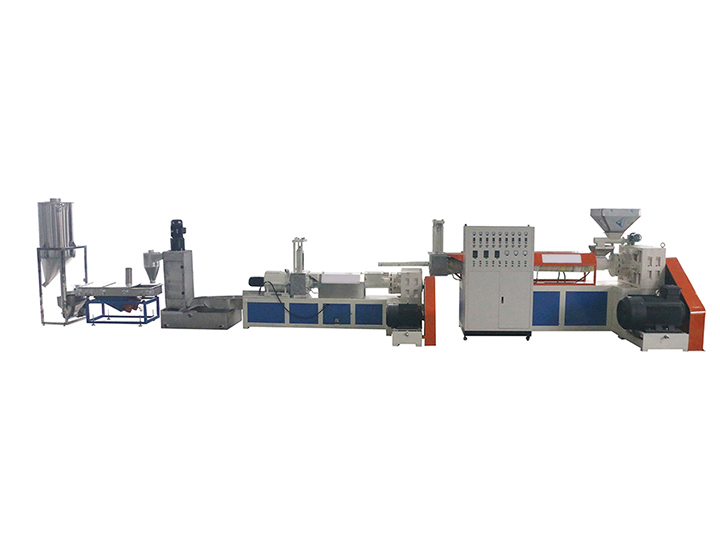Que pouvons-nous faire si un granulateur en plastique ne décharge pas ?
Le rôle des machines à granulés de plastique est très important et la demande dans le secteur actuel est également très importante. Les machines en plastique suscitent désormais l’attention de nombreux fabricants et consommateurs. Cependant, les machines ne peuvent pas toujours fonctionner efficacement comme des machines neuves. Alors, que pouvons-nous faire si un granulateur en plastique ne se décharge pas ?

Pourquoi un granulateur en plastique se décharge-t-il plus lentement ?
Il y a plusieurs raisons à la décharge lente, la première est la faible configuration de la machine à granuler lui-même ou la diminution du rendement après l'usure de la vis et du canon. Si la conception de l’orifice d’alimentation de la vis n’est pas raisonnable ou si des débris sont bloqués dans le canon, cela affectera le rendement de la machine.
Par conséquent, dans le processus de recyclage des déchets plastiques, comme les flocons de PP et PE, le problème de non-décharge est susceptible de se produire, voici quelques suggestions suivantes.
Méthodes pour résoudre le problème
- Les causes de la faible pression d’huile lubrifiante sont répertoriées comme suit. La valeur de réglage de la pression de la vanne de régulation de pression du système d'huile lubrifiante est trop basse, la pompe à huile est défectueuse ou le tuyau d'aspiration d'huile est bloqué. La solution consiste à vérifier et à régler la vanne de régulation de pression du système d'huile lubrifiante, puis à vérifier l'huile.
2. La vitesse de rotation du moteur principal n'est pas uniforme, la vitesse de rotation du moteur d'alimentation n'est pas uniforme et la quantité d'alimentation fluctue. La méthode de traitement consiste à vérifier le système de commande du moteur principal et les roulements.
3. S'il n'y a aucun problème avec la machine de granulation du plastique, vous pouvez vérifier s'il y a du fer ou d'autres choses comme un gros morceau de matériau dur qui a été introduit et qui affecte le fonctionnement normal de la machine.
4. Nettoyez et inspectez le système d’extrusion et la tête du granulateur.








